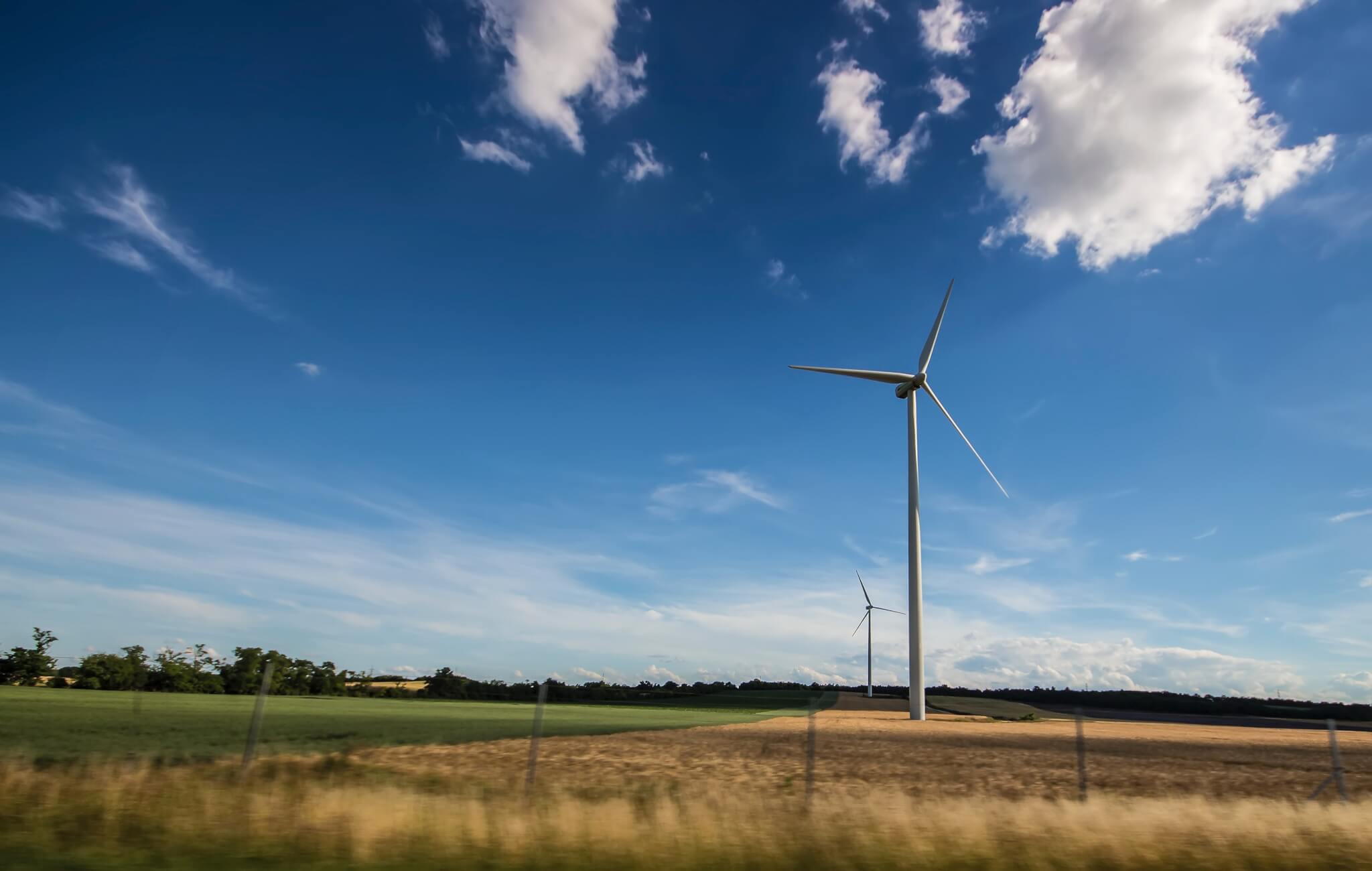Wind energy in Lithuania: what will the new political season bring?
Author of the comment: Aistis Radavičius, CEO of Lithuanian Wind Power Association
Lithuanian wind energy sector is facing a new political season. The decisions made by the country’s Parliament and other responsible authorities will be of particular importance for the further implementation of the National Energy Independence Strategy and the development of renewable energy projects in the country.

The implementation of the National Energy Independence Strategy approved last year is pushing forward – after a 6 years break, a renewable energy auction is announced, an analysis of wind energy development in the Baltic Sea is released, and opening of Power Purchase Agreement market is being discussed. These are very important steps for the future of wind energy sector, so developers and investors are observing the situation very closely.
The auction has been announced
At the beginning of September, the first technologically neutral auction for developers of renewable energy projects was launched in Lithuania. During this year`s auction a small quota of 0.3 TWh will be allocated. All types of renewable electricity generation, except the offshore wind, can participate in the auction – onshore wind, solar, biogas, biomass. The winners will be those companies that will offer the lowest bid of premium on top of the electricity market price in the Nord Pool. The maximum premium was set to be 3,86 EUR/MWh. The auction should start a new phase in the development of wind energy, as since the last projects were finished in 2016, there were very little construction of wind turbines in Lithuania. Later it is planned to auction 0,7 TWh of electricity every year for the period of 2020-2022. In total, 2,4 TWh should be auctioned until 2022.
However, developers see serious risks in the new support model. For example, developers will have to cover 100 % of grid connection costs, they will have to trade the electricity in the market and assume all the risks of price fluctuations. Moreover, energy producers will be responsible for forecasting and balancing of energy, and to commit to produce at least 80 percent of the agreed amount of electricity, as failing to do so will cause fines. The real picture of the new model will be revealed after the announcement of the winners of the first auction in the beginning of next year.
Offshore wind potential
This summer, the Ministry of Energy of the Republic of Lithuania published the results of a study done by scientists that was supposed to reveal the potential of offshore wind energy in Lithuania’s Exclusive Economic Zone in the Baltic Sea. According to the study, the maximum possible capacity of the wind turbines in the researched territory should not exceed 3.35 GW. However, developers of renewable energy, united by the Lithuanian Wind Power Association, note that the areas most favourable to offshore wind development were already known five years ago, following private companies’ environmental impact assessments. They also add that, due to rapid technological advances, the figures identified in the ministry-initiated study may soon lose its relevance, and that it is therefore important to rapidly develop offshore wind.
The study was carried out on the basis of legislation approved in Lithuania several years ago. The next steps include the preparation of a Maritime Spatial Plan, Strategic Environmental Impact Assessment, bird migration monitoring, grid connection assessment, and other actions to be undertaken by the beginning of 2021. To date, the country has not yet adopted legislation governing offshore power generation, permit procedures, auction rules, and many other important documents. So it is still a long way to go for Lithuanian offshore wind energy.
Power Purchase Agreements
As the conditions of the new support model seem quite risky for the investors, discussions have been initiated by the Lithuanian Wind Power Association on the possibility of concluding a bilateral Power Purchase Agreements (PPA) directly between the producer and the consumer.
According to existing legislature, until now, it is not possible to conclude such agreements in Lithuania. Therefore, amendments to the relevant laws were initiated. If adopted, producers will be able to search for and enter into long-term agreements with electricity-intensive consumers, for example in the industrial, agricultural and heat sectors. They will be mutually beneficial: the consumer will have a stable electricity price and the producer a stable income. Then both sides will be less affected by market price fluctuations. These changes would be particularly important for Lithuanian producers, in part due to declining state support for renewable energy.
The direction was set last year by the adopted strategy
All of these changes are being initiated to achieve the goal set by the National Energy Independence Strategy of producing all the country’s electricity from renewable sources by 2050. Such an ambitious goal will require complex measures and strong political will. The same strategic document predicts that wind power will play a key role in shaping the future of energy in Lithuania, but first and foremost an appropriate legal framework and a favourable investment environment must be ensured.
As renewable energy currently accounts for about 25 percent of total energy consumption in Lithuania – which needs to increase to 100 percent in the next three decades – it will be necessary for the country to roll up its sleeves and work towards its goal while ensuring close cooperation and knowledge sharing between all parties in the sector – both renewable energy developers and responsible authorities.
Post a comment
You must be logged in to post a comment.


